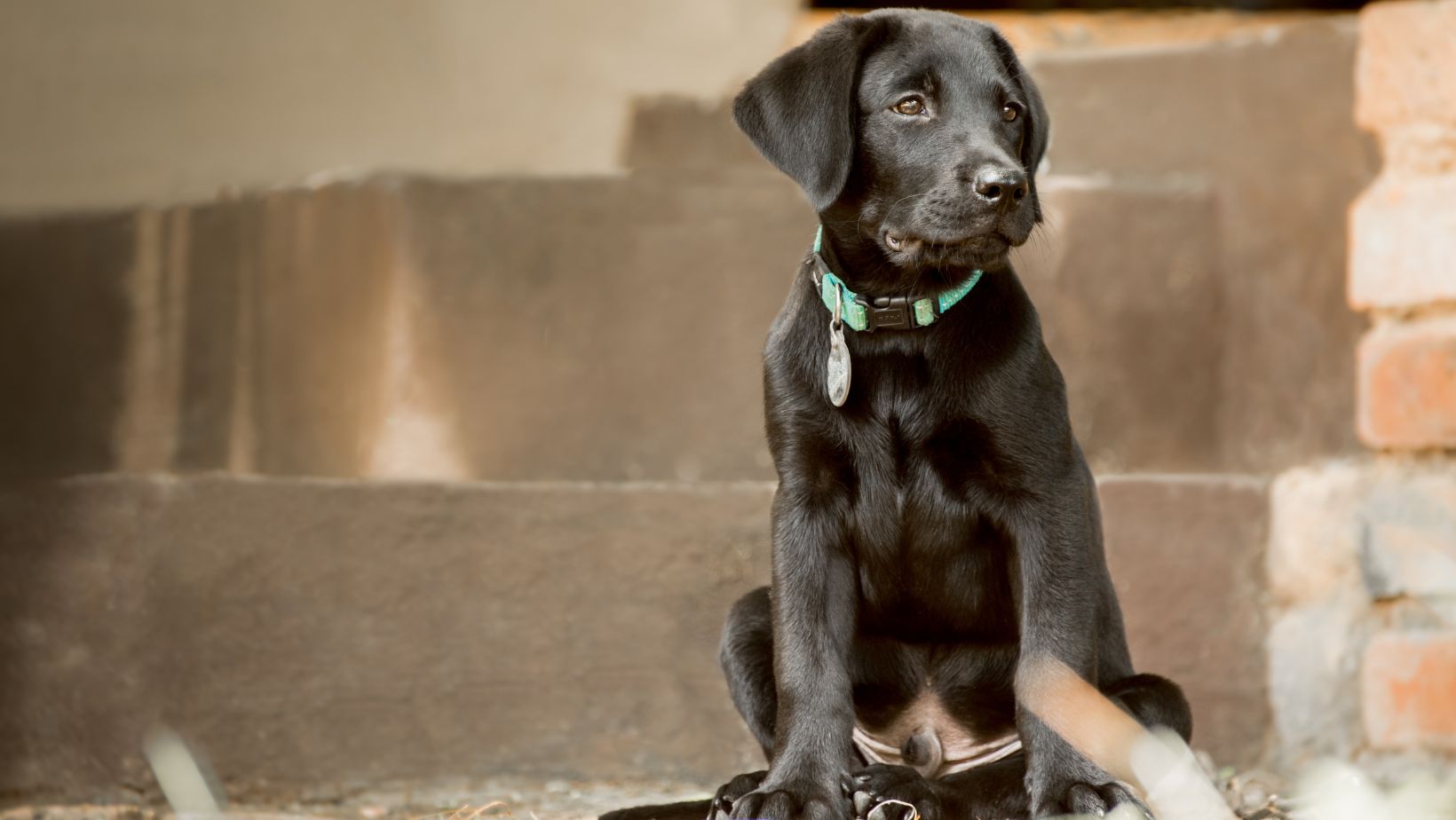Are you struggling with a Labrador that keeps peeing in the house? Don’t worry, I’ll guide you through the process of training your dog to stop this behavior. House soiling can be frustrating, but with consistency and patience, you can help your furry friend break this habit.
How to Train a Dog to Stop Peeing in the House
House soiling can be a frustrating issue for dog owners, particularly when it comes to their beloved Labrador. To effectively address this problem, it’s crucial to understand the underlying causes. One common reason why dogs may pee in the house is inadequate training or inconsistent reinforcement of appropriate bathroom behaviors. If your furry friend hasn’t been properly taught where and when to relieve themselves, accidents are more likely to occur.
Another factor contributing to house soiling is a lack of routine and structure in your dog’s life. Dogs thrive on predictability and establishing a consistent schedule for feeding, exercise, and potty breaks can help minimize accidents indoors. Additionally, if your Labrador has not been provided with enough opportunities for outdoor elimination, they may resort to using your home as their toilet.
The Impact of Anxiety on House Training
Anxiety can also play a significant role in causing house soiling behavior in dogs. Just like humans, dogs can experience anxiety related to various factors such as separation from their owners, changes in their environment, or even loud noises like thunderstorms or fireworks. When dogs feel anxious or stressed, they may have difficulty controlling their bladder and bowels.
It’s important to note that punishing your dog for accidents will only exacerbate anxiety-related issues and hinder the training process. Instead, focus on creating a calm and comforting environment for your Labrador by providing them with plenty of mental stimulation and positive reinforcement during training sessions.

Medical Conditions that Can Cause House Soiling
In some cases, house soiling can be attributed to underlying medical conditions that affect a dog’s ability to control their bladder. Urinary tract infections (UTIs), bladder stones, hormonal imbalances (such as diabetes or Cushing’s disease), and gastrointestinal disorders are just a few examples of health issues that can contribute to frequent urination indoors.
If you notice an increase in accidents or if your Labrador suddenly starts peeing in the house despite previous housetraining, it’s crucial to consult with a veterinarian. They can perform a thorough examination and conduct relevant tests to rule out any potential medical causes for the behavior.
Understanding the various causes of house soiling is the first step towards addressing this issue effectively. By implementing consistent training methods, managing anxiety, and seeking appropriate veterinary care when necessary, you can help your Labrador learn proper bathroom habits and maintain a clean and comfortable living environment for both you and your furry companion.
Establishing a Consistent Routine
To successfully train a dog, especially a Labrador, to stop peeing in the house, it is crucial to establish a consistent routine. Dogs thrive on structure and repetition, making it easier for them to understand what is expected of them. Here are some key steps to help you create a consistent routine:
- Set up designated potty areas: Determine specific spots outside where you want your dog to relieve themselves. Take your Labrador to these areas consistently so they learn that this is the appropriate place to go.
- Establish regular feeding times: A predictable feeding schedule will regulate your dog’s bathroom habits. Feed your Labrador at the same times each day and avoid leaving food out all day long.
- Monitor water intake: Limiting access to water before bedtime can help prevent accidents during the night. Make sure your Labrador has ample opportunity for hydration throughout the day but start reducing water intake in the evening.
- Implement scheduled bathroom breaks: Take your Labrador outside frequently, especially after meals, naps, playtime, or waking up from sleep. This helps reinforce the idea that going outside is when they should eliminate.
By establishing a consistent routine with designated potty areas, regular feeding times, scheduled bathroom breaks, and positive reinforcement for desired behavior; you’ll be well on your way towards successfully training your dog to stop peeing in the house.